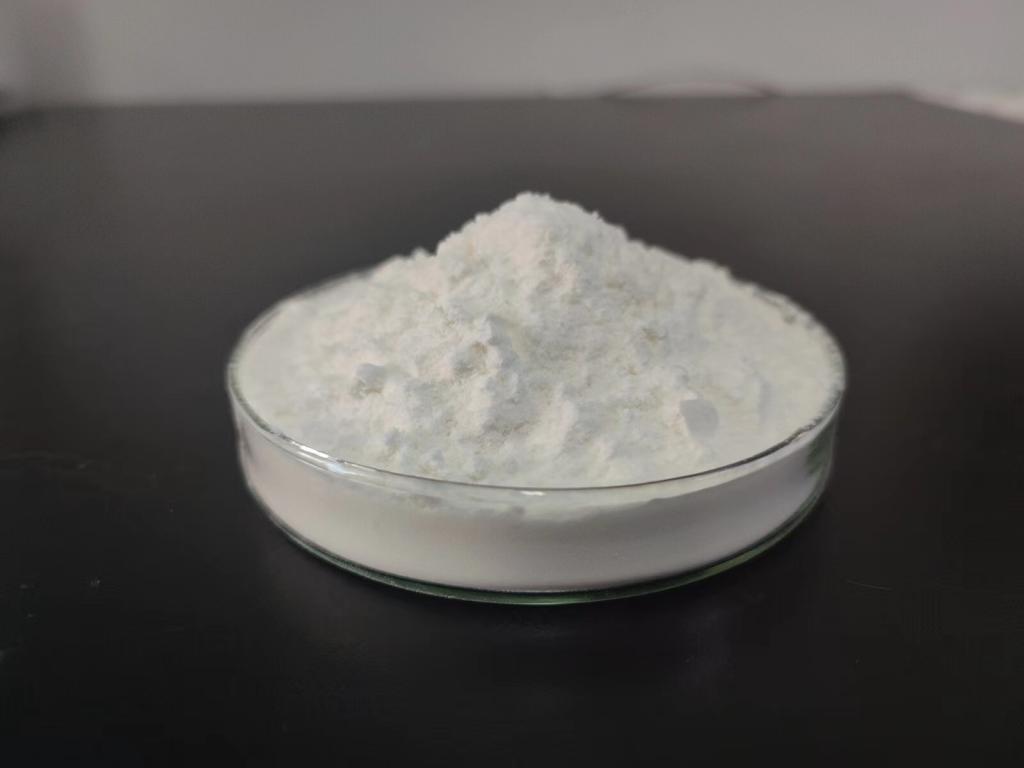Tel:+8618231198596

News
 CONTACT
CONTACT
 CONTACT
CONTACT
- Linkman:Linda Yao
- Tel: +8618231198596
- Email:linda.yao@dcpharma.cn
- Linkman:CHARLES.WANG
- Department:Overseas
- Tel: 0086 0311-85537378 0086 0311-85539701
News
Precision Solutions in Aquaculture: ε-Polylysine Hydrochloride for Healthy Fish Farming
TIME:2024-02-02
The Importance of Health in Aquaculture:
The success of aquaculture operations is intricately linked to the health of the farmed fish. Diseases can spread rapidly in dense aquaculture environments, leading to significant economic losses and environmental impact. Precision solutions that promote disease prevention and overall fish health are essential for the sustainability and success of the aquaculture industry.
Overview of ε-Polylysine Hydrochloride:
ε-Polylysine hydrochloride is a natural antimicrobial peptide derived from the fermentation of Streptomyces albulus. With its cationic nature, ε-polylysine hydrochloride exhibits antimicrobial properties, making it an effective tool against a wide range of bacteria. Its safety, biodegradability, and minimal impact on the environment position it as a promising solution in aquaculture.
Antimicrobial Properties of ε-Polylysine Hydrochloride:
The antimicrobial action of ε-polylysine hydrochloride is a key attribute that can contribute significantly to disease prevention in aquaculture. It disrupts the cell membranes of bacteria, inhibiting their growth and reducing the risk of infections among farmed fish. Its broad-spectrum efficacy makes it a versatile solution for combating various pathogens.
Disease Prevention in Aquaculture:
Disease prevention is a primary concern in aquaculture, where crowded conditions and environmental factors can facilitate the spread of pathogens. ε-Polylysine hydrochloride can be incorporated into aquaculture practices to create a healthier environment for farmed fish. Its antimicrobial properties provide a proactive defense against common pathogens, minimizing the need for reactive treatments and reducing the overall impact of diseases on aquaculture operations.
Water Quality Management:
Maintaining optimal water quality is crucial in aquaculture, as it directly impacts the health and growth of farmed fish. ε-Polylysine hydrochloride can contribute to water quality management by controlling bacterial populations. This, in turn, helps prevent the accumulation of organic matter, reduces the risk of waterborne diseases, and promotes a more stable and healthy aquatic environment for the fish.
Sustainable Aquaculture Practices:
The sustainability of aquaculture operations is a growing concern in the face of environmental challenges. Adopting precision solutions, such as ε-polylysine hydrochloride, aligns with the principles of sustainable aquaculture. Its natural origin, biodegradability, and minimal ecological impact make it an eco-friendly alternative to some traditional aquaculture practices, contributing to the overall sustainability of the industry.
Applications in Finfish Farming:
Finfish farming, including species like salmon, trout, and tilapia, can benefit significantly from the application of ε-polylysine hydrochloride. By incorporating it into fish feed or directly into the aquatic environment, the peptide can contribute to disease prevention, improved growth rates, and enhanced overall health. This precision solution offers a proactive approach to managing the unique challenges associated with finfish farming.
Applications in Shellfish Aquaculture:
Shellfish, including oysters, mussels, and shrimp, also stand to gain from the application of ε-polylysine hydrochloride. In shellfish aquaculture, where the risk of bacterial contamination is high, this natural antimicrobial peptide can be employed to enhance the health and safety of the shellfish. The controlled release of ε-polylysine hydrochloride can contribute to mitigating the impact of pathogens on shellfish populations.
Collaborative Research and Industry Adoption:
The successful integration of ε-polylysine hydrochloride into aquaculture practices requires collaborative efforts between researchers, industry stakeholders, and regulatory bodies. Ongoing research initiatives can explore optimal application methods, dosage levels, and potential synergies with other aquaculture technologies. Industry adoption of ε-polylysine hydrochloride will be influenced by scientific evidence, economic viability, and regulatory support.
Challenges and Considerations:
While ε-polylysine hydrochloride presents promising solutions for aquaculture, challenges and considerations must be addressed. These include optimizing formulations for different aquaculture systems, understanding potential interactions with other aquaculture inputs, and ensuring that its application aligns with regulatory standards and environmental guidelines.
Future Perspectives and Innovations:
The future of ε-polylysine hydrochloride in aquaculture holds exciting possibilities. Ongoing innovations may explore novel formulations, delivery methods, and applications tailored to specific aquaculture systems. Continued collaboration between scientists, aquaculture practitioners, and environmental experts will drive the evolution of precision solutions for healthier and more sustainable fish farming.
Conclusion:
ε-Polylysine hydrochloride represents a precision solution in addressing the multifaceted challenges of modern aquaculture. From disease prevention to water quality management and sustainable practices, the antimicrobial properties of ε-polylysine hydrochloride offer a holistic approach to enhancing the health and well-being of farmed fish. As the aquaculture industry continues to evolve, the adoption of ε-polylysine hydrochloride stands as a testament to the commitment to precision, sustainability, and the responsible stewardship of aquatic resources for the benefit of current and future generations.
- Tel:+8618231198596
- Whatsapp:18231198596
- Chat With Skype







